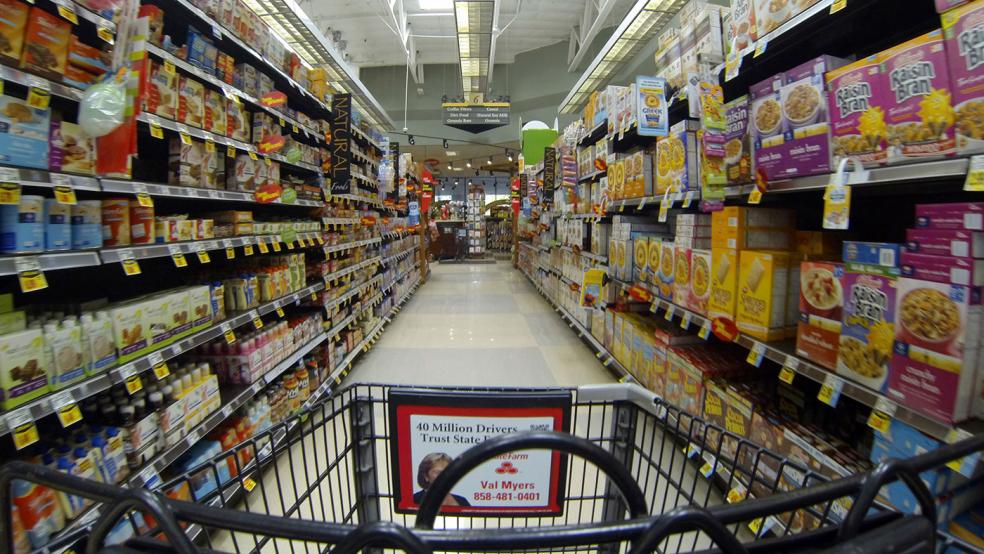Fewer Americans may be shopping for food at their local grocery store each week, preferring instead to fill their carts from a variety of specialty stores. But plenty of people still rely on their local grocer who may not set the trends, but stocks those trends on the shelves of her store.
What’s on the shelves or in the meat cases can attract or repel customers. But it’s just one reason people have strong opinions about where they regularly shop for their family’s groceries.
Slideshow: 15 Worst Supermarkets in America in 2017
Shoppers care a great deal about the cleanliness of the food aisles, the availability of fresh foods, the prices of the goods they buy, and the friendliness of the store’s staff. And that’s just for starters.
Consumer Reports recently published its closely watched supermarket ratings after gathering thousands of responses from shoppers. Coming in dead last this year among 62 grocery stores and food markets was none other than Walmart — which achieved a measly score of 66 (out of 100). The chain may have the largest market share for food and beverages of any U.S. retailer, but consumers ranked Walmart “poor” in a whopping 7 out of 12 categories, “fair” in 4 categories — and “very good” in just one category: competitive pricing.
Occupying pretty much the same stale air at the bottom of the barrel were Shaw’s and Tops Friendly Markets, each achieving a score of 68. Consumers took issue with the organic options at both of those establishments, calling the choices “poor” at both chains.
At the top of the heap, by contrast, was Wegmans, which bested all other grocery chains with a score of 89. The East Coast retailer has achieved the top spot since 2006 — though two national chains, Costco and Trader Joe's, were also highly rated this year.
Related: Whole Foods shakes up board, appoints new CFO
More consumers are making their purchases at a multitude of food stores these days rather than at one particular food retailer. Each month, 68 percent of Americans buy food at five or more types of retailers, noted Consumer Reports: convenience stores, discount supercenters, farmers markets, specialty or natural-food stores, supermarkets, and warehouse clubs. And they might also actually shop at more than one of each type of store, too, as the Hartman Group, a consulting firm in Bellevue, Washington, found in a separate analysis.
For now, online grocery stores still represent a small portion of the grocery food marketplace in the U.S. Just 23 percent of households currently buy food and beverages this way, according to the Food Marketing Institute, a research firm. That number is expected to climb in the future, though.
The Consumer Reports rankings are based on shoppers’ responses in a dozen categories, such as food quality and variety, price, cleanliness, and the selection of healthy options.
Click here to see the 15 Worst Supermarkets in America in 2017.




